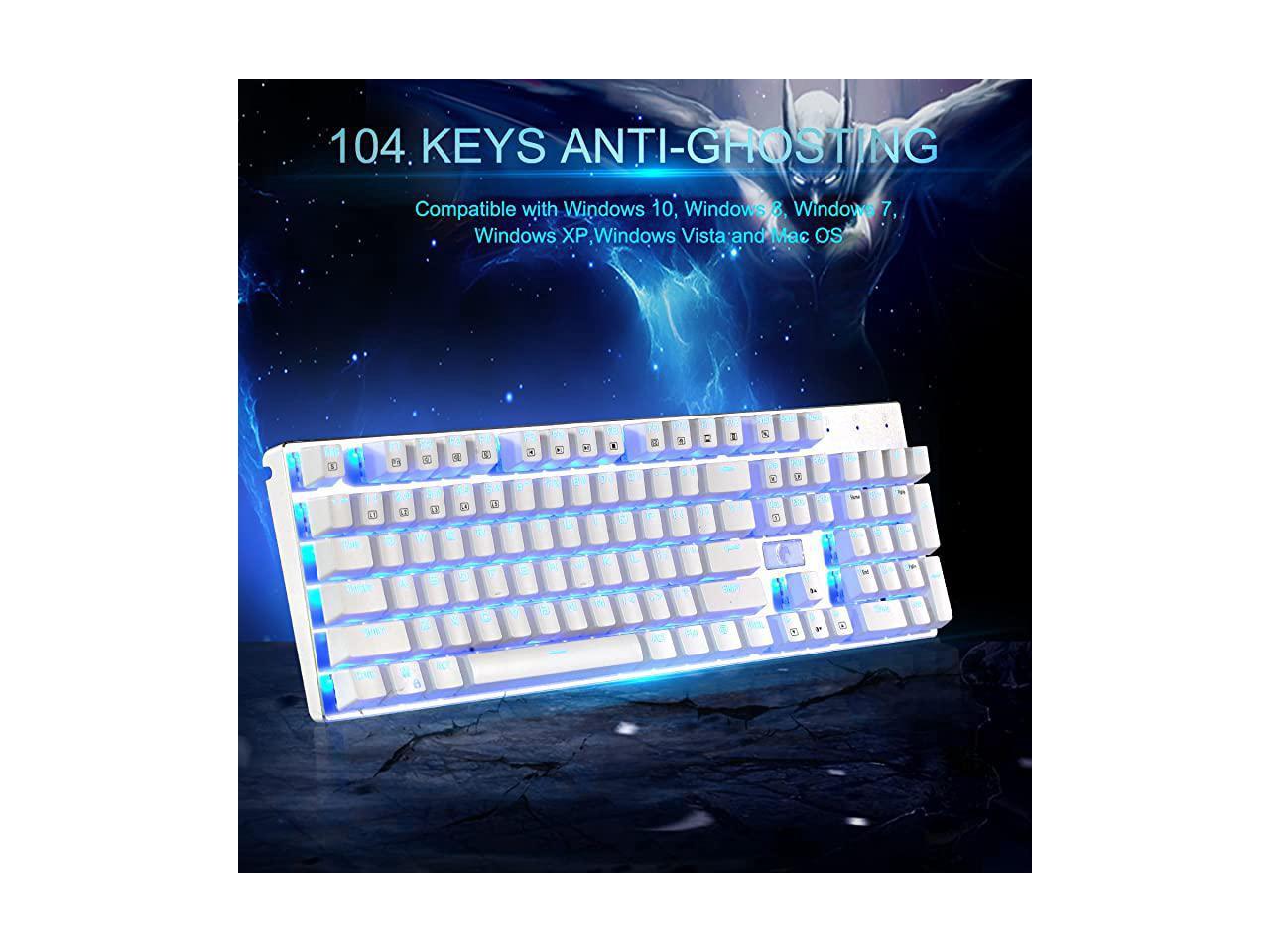

There are many varying levels of actuation force required for key switches. There are a couple of sub-attributes that contribute to the overall feel of a switch, and they are the actuation force and key travel distance. It also means I can type lighter because my fingers are trained to release the key once I feel the bump, versus bottoming out the key every time. Personally, I adore a good tactile switch because I enjoy the differing levels of feedback from the switch as I press them down. What's true for everyone, however, is that you need to try them both to understand the real meaning behind the words "tactile" and "linear." I'm not sure there's any truth to this, because it all boils down to what feels good to your fingers when typing. It's all preference, but a common example that people give is that gamers like linear switches and writers or typists like tactile switches. The bump is usually felt toward the top of the key press, and shouldn't be confused with the hard bump you feel when pressing the key all the way down, or "bottoming out." This graphic has helped me so much over the years when trying to suss out the meaning of all these convoluted terms. A tactile switch has a small bump or variance in resistance as you press the switch down.


A linear switch has a smooth feel and offers the same amount of resistance the entire way down. Depending on the brand and style of switch, they generally have a "linear" or "tactile" feel. Similar to a fountain nib preference, this mostly comes down to feel and how you intend to use it. In my mind, I think of switches in relation to two attributes: feel and sound. With any vast topic, it's always best to start at a high level and follow your interests down their respective rabbit holes. The task of describing each small nuance and esoteric characteristic of all the possible keyboard switches is nearly impossible, but it certainly doesn't make for good reading.


 0 kommentar(er)
0 kommentar(er)
